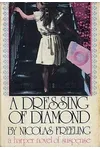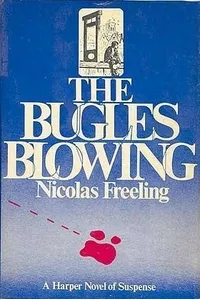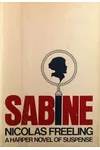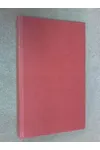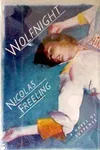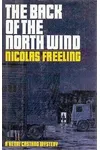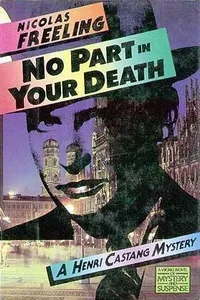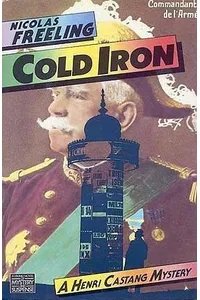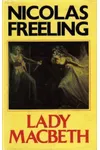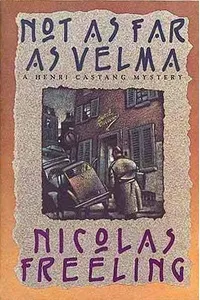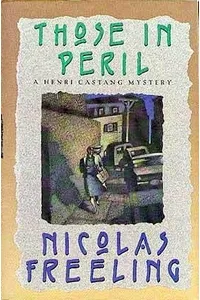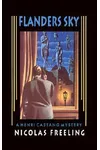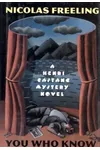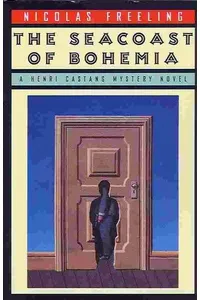Step into the shadowy, suspense-filled world of Henri Castang, where a sharp-witted French detective unravels crimes across Europe’s vibrant cities! Nicolas Freeling’s Henri Castang series, a 16-novel gem of crime fiction published between 1974 and 1996, blends gritty mysteries with rich cultural insights. With its introspective hero and intricate plots, this series invites readers to explore the underbelly of human nature through a distinctly European lens.
Unlike typical whodunits, Freeling’s work dives deep into psychology and society, making Henri Castang a standout in the genre. Whether you’re a crime fiction fanatic or a curious newcomer, Castang’s world offers a thrilling ride through Brussels’ bustling streets and beyond.
How Henri Castang Began
After the success of his Van der Valk series, British crime novelist Nicolas Freeling sought a fresh canvas. In 1974, he introduced Henri Castang, a French police inspector based in Brussels, to explore new themes and settings. Freeling, who had lived across Europe and worked as a chef before writing, drew on his cosmopolitan experiences to craft a detective who was both a keen observer and a flawed human. The series emerged as Freeling’s income dipped after killing off Van der Valk, but it quickly became a beloved follow-up, showcasing his knack for blending crime with social commentary.
The Heart of Henri Castang
The Henri Castang series kicks off with A Dressing of Diamond (1974), where Castang investigates a judge’s abducted daughter, uncovering a web of deception. In Castang’s City (1980), a deputy mayor’s murder leads to a tangle of family secrets and political intrigue. Flanders Sky (1992) sees Castang navigating Brussels’ European Community bureaucracy while probing a murder tied to child abuse. The final novel, A Dwarf Kingdom (1996), delivers a gripping conclusion as Castang races to rescue his kidnapped granddaughter in Biarritz.
Freeling’s style is anything but formulaic. His novels weave psychological depth, social critique, and vivid European settings, from Brussels to Bohemia. Themes of power, morality, and human vulnerability pulse through the series, with Castang’s introspective nature and his Czech-born wife, Vera, adding emotional weight. Unlike action-heavy thrillers, these stories prioritize character and atmosphere, earning praise for their literary flair and quirky, stream-of-consciousness narratives.
The settings are as much a character as Castang himself. Freeling’s Europe is a tapestry of bustling cities and quiet towns, reflecting the continent’s cultural diversity and post-war tensions. Readers are transported from Paris’ gritty alleys to Strasbourg’s cosmopolitan charm, making each novel a vivid journey.
Why Henri Castang Resonates
The Henri Castang series carved a niche in crime fiction by defying genre conventions. Freeling’s focus on social institutions and human psychology over straightforward plots earned him critical acclaim, including comparisons to literary giants. Fans cherish the series for its intellectual depth and Castang’s relatable humanity—a detective who grapples with doubt and moral dilemmas. Its influence lingers in the genre, inspiring writers to blend crime with cultural and psychological exploration.
Though less mainstream than Freeling’s Van der Valk, the series retains a cult following. Adaptations like the 1990 BBC Radio drama of The Night Lords brought Castang to new audiences, cementing his legacy as a thinking person’s detective. For readers seeking crime fiction with substance, Henri Castang remains a timeless draw.
- Publication Years: 1974–1996
- Number of Books: 16
- Notable Awards: Freeling won the Edgar, Gold Dagger, and Grand Prix de Littérature Policière for his broader work
- Setting: Primarily Brussels, with stories across Europe
Ready to unravel mysteries with a detective who sees beyond the crime scene? Grab A Dressing of Diamond and dive into Henri Castang’s captivating world of suspense and insight!
